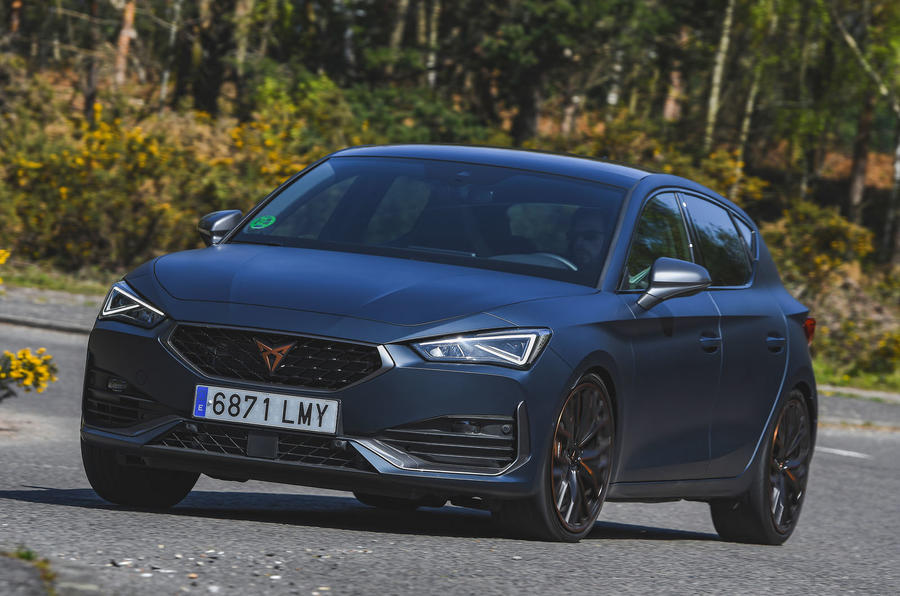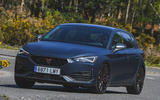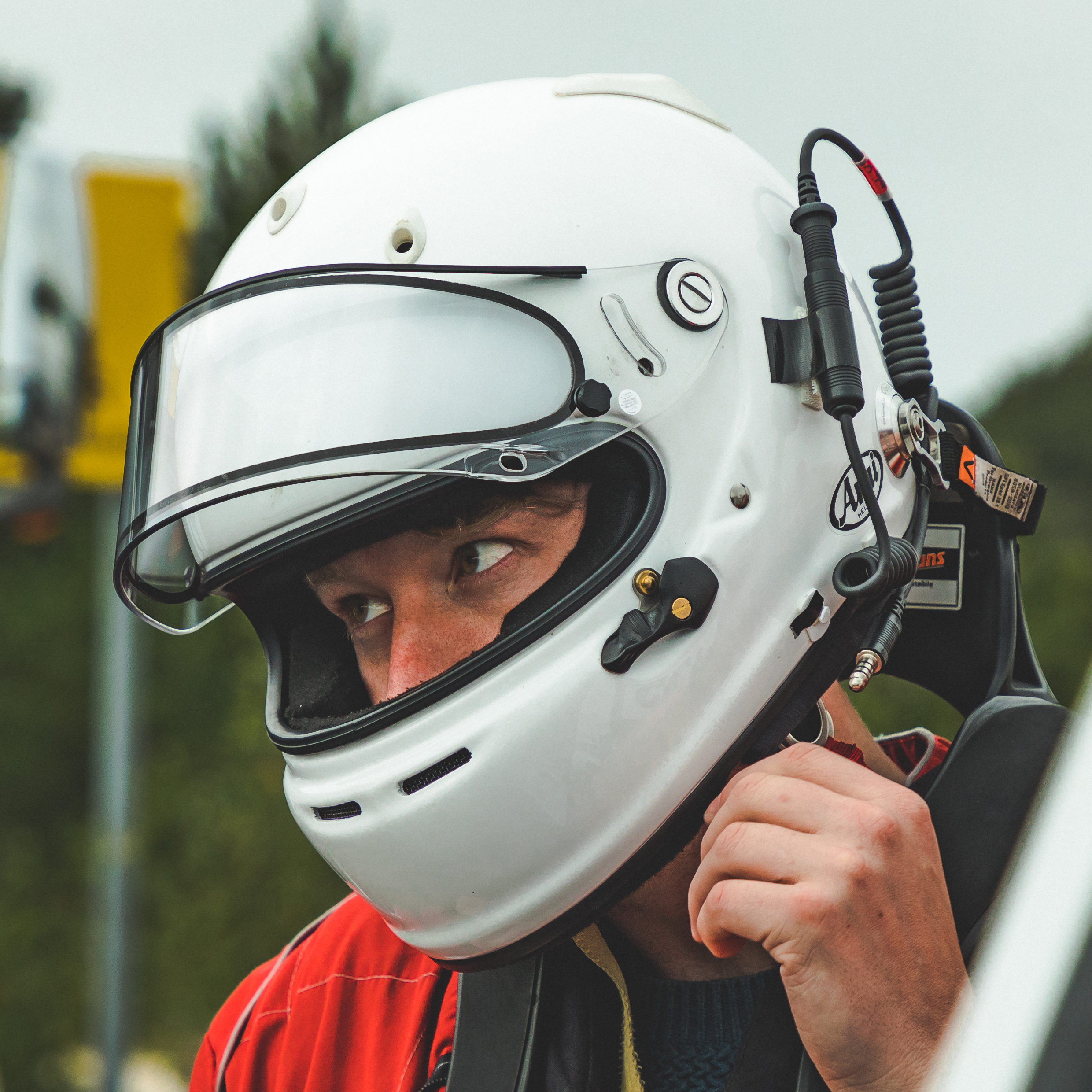What is it?
On acquaintance, the new Cupra Leon is a puzzling car.
Toffee-coloured trim liberally applied both inside and out might be the aesthetic calling card of the newly formed Cupra sub-brand (no longer is this the Seat Leon Cupra, but simply the Cupra Leon), but it is suggestive of style over substance. Yet when you slide aboard and onto the soft leather of the thickset semi-bucket seats, there it is: the poker-chip-sized button that turns off the ESP, sitting in pride of place, dead centre of the transmission tunnel, begging to be noticed.
It makes you question whether the toffee accents are any more indicative of this car’s true personality than the awful coloured cabin vents you sometimes see on Porsche 911s. Which is to say, not at all. Fingers crossed, eh?
In fairness, this would not be the first time styling chintz has been a red herring when it comes to quick Cupra models. The 276bhp Seat Leon Cupra Ultimate Sub 8 of 2015 (when these cars were technically still Seats) went in hard on the orange details but semi-slick tyres, superb brakes and an expert blend of agility and balance made it one of the finest hot hatches in recent memory.
And while the branding may have changed and six years have passed, many of the same personnel from back then are still involved today, so the knowhow certainly hasn’t vanished into thin air. Along with the almost belligerent positioning of the ESP button, it’s more cause for optimism.
So what exactly is the Cupra Leon? First and foremost, it’s a hot hatch whose power and torque outputs place it right at the sharp end of the front-wheel-drive field. Figures of 296bhp and 295lb ft are only just shy of what you get from the Honda Civic Type R’s revvy, oversquare engine and are an exact match for those of the new Volkswagen Golf GTI Clubsport. Which is no surprise, because this Cupra uses the same EA888 four-cylinder engine as its corporate cousin, in the precise same state of tune – even down to the scope of the peak power and torque windows.
The EA888 in the flagship Volkswagen Golf R makes a little more on both counts, and delivers each over a broader spread of revs, but clearly the Cupra hasn’t in any way been denied the propulsive goods. Eventually, a detuned version with 242bhp will join the range (offering an alternative to the regular VW Golf GTI), as will a four-wheel-drive estate with 306bhp, which ought to lop roughly a second off this car’s 5.7sec 0-62mph time.
Downstream of the engine sits a standard-fit seven-speed dualclutch gearbox that feeds torque to 19in front wheels shod with 235/35 Bridgestone Potenza tyres (a wheel and tyre package you’ll pay extra for on the GTI Clubsport). However, the crucial ingredient is a version of Volkswagen’s Vorderachsquersperre (VAQ) electronic limited-slip differential, which isn’t an LSD in the traditional sense but achieves a similar effect by having a clutch pack (as it engages, it mimics the ‘locking up’ of an LSD) between the gearbox and the right-hand driveshaft.
Adaptive dampers adjustable through 16 presets are another element of the Cupra that you’d need to pay extra to have on the GTI Clubsport.








































Join the debate
Add your comment
I'm planning on downgrading it to the 17" wheels which are standard in other countries where the roads are poor.
5.7sec 0-62mph time? That almost a second slower than a MK7 Golf R with the same power and DSG gearbox. Why is that?